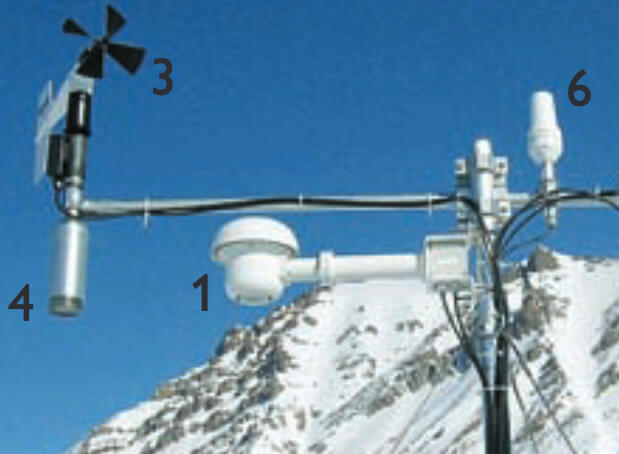
How to Cite
Share
Abstract
Since the early 1980s, the Geological Survey of Denmark and Greenland (GEUS) glaciology group has developed automatic weather stations (AWSs) and operated them on the Greenland ice sheet and on local glaciers to support glaciological research and monitoring projects (e.g. Olesen & Braithwaite 1989; Ahlstrøm et al. 2008). GEUS has also operated AWSs in connection with consultancy services in relation to mining and hydropower pre-feasibility studies (Colgan et al. 2015). Over the years, the design of the AWS has evolved, partly due to technological advances and partly due to lessons learned in the field. At the same time, we have kept the initial goal in focus: long-term, year-round accurate recording of ice ablation, snow depth and the physical parameters that determine the energy budget of glacierised surfaces. GEUS has an extensive record operating AWSs in the harsh Arctic environment of the diverse ablation areas of the Greenland ice sheet, glaciers and ice caps (Fig. 1). The current GEUS-type AWS (Fig. 2) records meteorological, surface and sub-surface variables, including accumulation and ablation, as well as for example ice velocity. A large part of the data is transmitted by satellite near real-time to support ongoing applications, field activities and the planning of maintenance visits. The data have been essential for assessing the impact of climate change on land ice. The data are also crucial for calibration and validation of satellite-based observations and climate models (van As et al. 2014).
How to Cite
Share
Copyright (c) 2015 Michele Citterio, Dirk van As, Andreas P Ahlstrøm, Morten L Andersen, Signe B Andersen, Jason E Box, Charalampos Charalampidis, William T Colgan, Robert S Fausto, Søren Nielsen, Martin Veicherts

This work is licensed under a Creative Commons Attribution 4.0 International License.
Downloads
Editors Ole Bennike, Adam A. Garde and W. Stuart Watt
This Review of Survey activities presents a selection of 20 papers reflecting the wide spectrum of activities of the Geological Survey of Denmark and Greenland, from the microscopic to the plate-tectonic level.
The Survey’s activities in Denmark are illustrated by eight articles [...]









